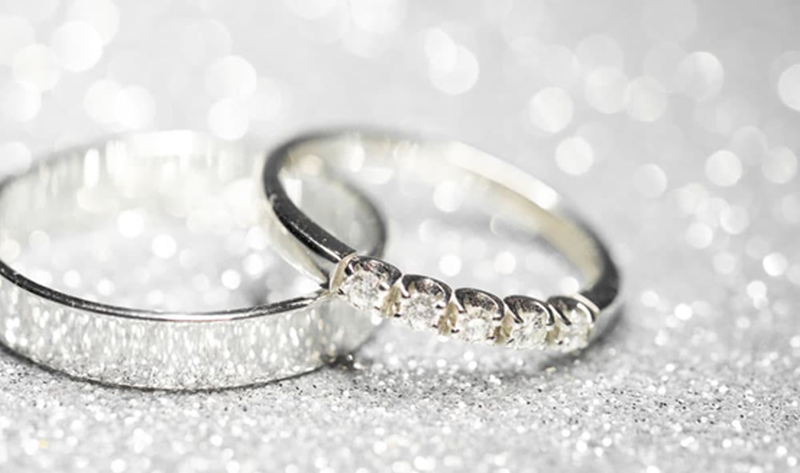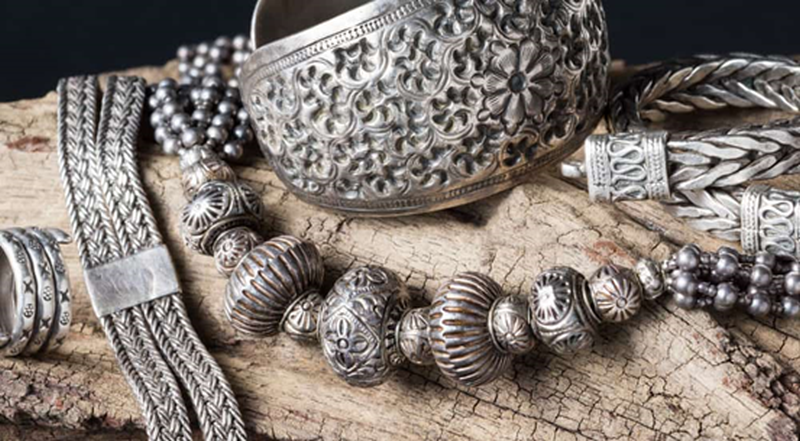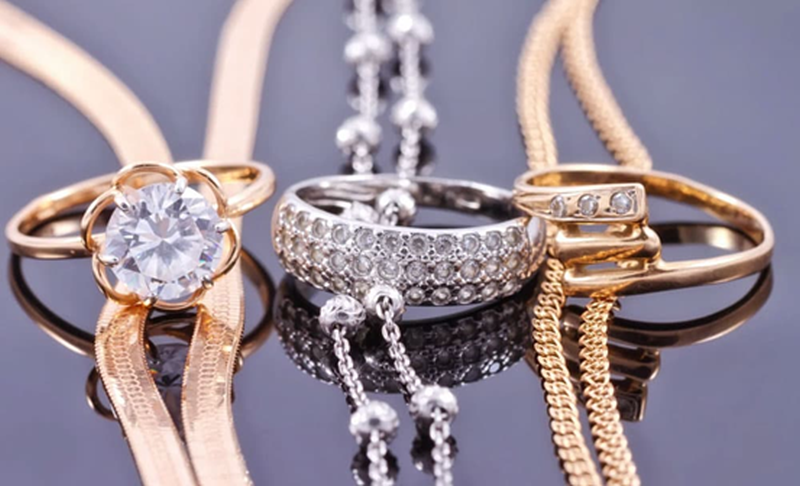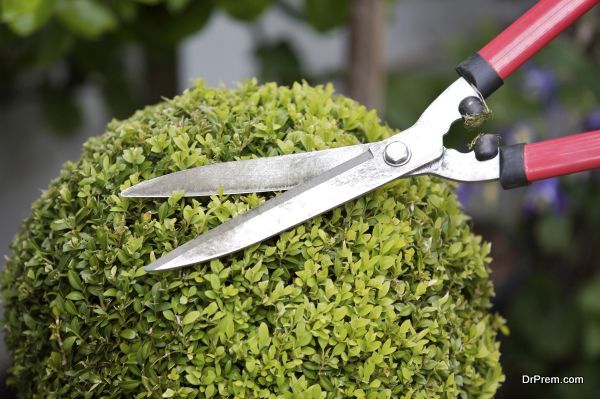Choosing the perfect metal for your jewelry can be a daunting task, especially when deciding between white gold and silver. Both metals have their unique appeal and characteristics, making it essential to understand their differences. Are you curious about which one offers better value, durability, or aesthetic appeal? You’re in the right place.
In this article, we will explore everything you need to know about white gold and silver. We’ll start by defining what white gold is, including its composition and benefits. Next, we’ll delve into what sterling silver is and why it’s a popular choice for many. Finally, we’ll compare white gold and silver directly, examining their differences in terms of appearance, durability, maintenance, and cost.
By the end of this comprehensive guide, you’ll have a clear understanding of which metal best suits your needs and preferences. Keep reading to discover the perfect metal for your next jewelry purchase.
What is White Gold

White gold is an alloy of gold mixed with white metals such as palladium or silver. Its appealing, lustrous finish makes it a popular choice for jewelry, particularly for engagement rings, wedding bands, and other fine pieces. While pure gold is naturally yellow, the addition of these white metals gives white gold its distinctive silvery-white color.
White gold is often coated with a thin layer of rhodium to enhance its brightness and provide a protective barrier. Over time, this rhodium plating may wear off, requiring reapplication to maintain the jewelry’s appearance. The karat measurement of white gold, similar to yellow gold, indicates its purity. Commonly found in 14K and 18K, white gold offers a balance between durability and value.
Compared to other metals, white gold is prized for its strength and ability to hold intricate designs. It also pairs well with various gemstones, enhancing their brilliance and providing a timeless, elegant look.
What is Sterling Silver

Sterling silver is a premium alloy made up of 92.5% pure silver and 7.5% other metals, usually copper. This blend increases the strength and durability of silver, making it ideal for creating fine jewelry, utensils, and decorative pieces. The term “sterling silver” is often marked on jewelry and other items with the stamp “925,” indicating its silver content.
Renowned for its bright, reflective surface, sterling silver possesses a timeless appeal. However, it is prone to tarnishing when exposed to air and moisture. Regular cleaning and proper storage can help maintain its shine and prevent tarnish. Sterling silver can be polished to restore its luster, ensuring that pieces retain their beauty over time.
In jewelry, sterling silver is favored for its versatility and affordability. It can be molded into intricate designs and pairs well with various gemstones. Its hypoallergenic properties also make it a popular choice for those with sensitive skin.
White Gold vs. Silver
White gold and silver are both popular choices for jewelry, but they differ significantly in composition, durability, and cost, influencing their suitability for various uses.
1. Composition and Appearance
White gold is a blend of gold and white metals such as palladium or silver, typically coated with rhodium to boost its whiteness and durability. This gives it a lustrous, bright appearance that does not tarnish easily. Silver, specifically sterling silver, is composed of 92.5% silver and 7.5% other metals, usually copper, which increases its hardness but can lead to tarnishing over time.
2. Durability
White gold is generally more durable than silver due to its alloy composition and rhodium plating. This makes it suitable for everyday wear and for settings that secure precious stones in engagement rings and other fine jewelry. Silver, while also reasonably durable, is softer than white gold and more prone to scratches and deformation, which may not make it ideal for high-impact or daily wear jewelry.
3. Maintenance
White gold requires less maintenance because its rhodium plating helps protect against scratching and tarnishing. However, the rhodium coating may eventually wear off and require reapplication to restore its original appearance. Silver needs regular polishing to prevent tarnish and maintain its shine, which can be labor-intensive over time.
4. Cost
White gold is typically more expensive than silver due to the value of gold and the process required to alloy and plate it. Silver, being less expensive, offers a more affordable option for those seeking quality jewelry on a budget.
5. Use Cases
White gold is ideal for high-end jewelry like engagement rings, wedding bands, and white gold bead bracelet, offering durability and a luxurious finish. Silver is perfect for fashion jewelry and artistic designs due to its affordability and bright appearance, making it great for everyday wear.
Conclusion
Choosing between white gold and silver ultimately depends on your personal preferences, lifestyle, and budget. White gold offers superior durability, a luxurious finish, and minimal maintenance, making it ideal for engagement rings and high-end jewelry. Silver, with its bright appearance and affordability, is perfect for fashion jewelry and artistic designs. Both metals have unique benefits, so consider your needs and how you plan to wear the jewelry. By understanding the differences in composition, durability, maintenance, and cost, you can make an informed decision and select the perfect metal for your next jewelry purchase.
Article Submitted By Community Writer




